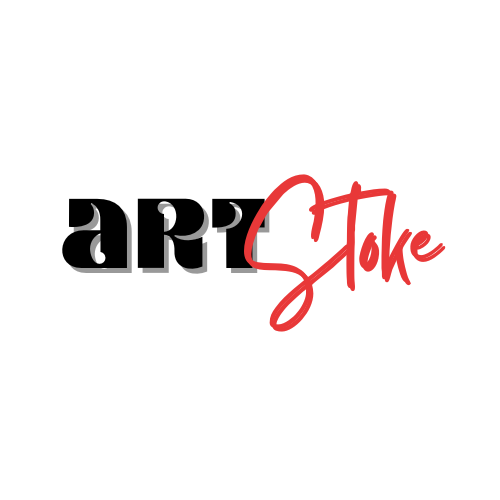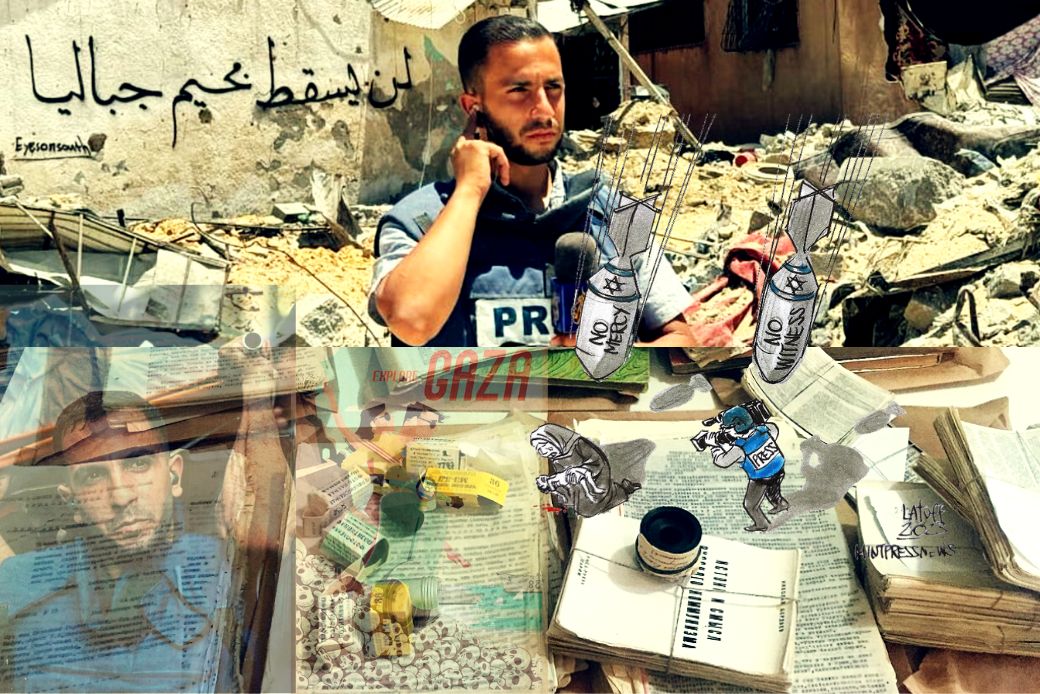In December 2021 at ArtBasel, digital artist Pak’s newest creation The Merge, fetched US$91.8 million on Nifty Gateway, with 28,983 collectors snapping up 312,686 total units of mass, or otherwise known as a nonfungible token (NFT).
Units of Mass
The total units of mass in Pak’s The Merge NFT refers to the total number of individual NFTs that were created as part of the sale. Each NFT represents a portion of the artwork, and the more NFTs you own, the larger your portion of the artwork will be.
The sale of The Merge was unique in that it allowed buyers to purchase NFTs in any quantity they wanted, starting at $299. This meant that there were a wide range of NFTs available, from small ones that represented a tiny portion of the artwork to large ones that represented a significant portion. The average collector purchased 11 NFTs. The largest NFT was purchased by a single collector for $10.2 million. This is a different approach to NFT sales, which typically involve a fixed number of NFTs that are all the same size and price.
The Merge NFT is a significant work of art, and it is also a significant experiment in the NFT market. It will be interesting to see how the total units of mass concept is used in future NFT sales.
Dynamic Dimensions
The digital artwork exists as a collection of NFTs on the Ethereum blockchain. The size of the artwork is determined by the number of NFTs that you own. If you own one NFT, your portion of the artwork will be small. If you own a lot of NFTs, your portion of the artwork will be large.
The largest NFT in The Merge NFT collection is 262,500 mass, which is about 84% of the total artwork. The smallest NFT in the collection is 1 mass, which is about 0.003% of the total artwork. The size of the artwork is also dynamic. As more NFTs are merged, the artwork grows in size. The artwork will continue to grow in size as long as people continue to merge their NFTs.
Art Ownership
The main difference between selling an artwork as an NFT with units of mass and, for example, using fungible security tokens is that NFTs as units of mass are unique, while fungible security tokens are interchangeable. This means that each NFT as a unit of mass represents a unique and individual portion of the artwork, while each fungible security token represents a share of ownership in the artwork.
The NFT as units of mass approach was chosen by Pak for a few reasons. Firstly, it allows for a more decentralized and democratic ownership structure. With fungible security tokens, ownership of the artwork is concentrated in the hands of a few large holders. With NFTs as units of mass, ownership of the artwork is spread out among many smaller holders.
The second reason Pak chose the NFT as units of mass approach, is that it allows for a more creative and expressive ownership experience. With fungible security tokens, ownership of the artwork is essentially a financial investment. With NFTs as units of mass, ownership of the artwork is creative and can be more personal and meaningful.
NFTs as units of mass is also a more future-proof approach. With fungible security tokens, the artwork is limited by the number of tokens that are created. With NFTs as units of mass, the artwork can grow and evolve as more NFTs are merged.
It will be interesting to see how the two approaches to ownership of NFTs develop in the future. The NFTs as units of mass approach has the potential to revolutionize the art market, but it is still in its early stages. The fungible security tokens approach is more traditional, but it is also more secure and liquid. It is possible that both approaches will coexist in the future, with each approach serving a different purpose.
Merge, Grow and Evolve
The artwork in Pak’s The Merge NFT is not a static image, but rather a collection of NFTs that can be merged together to create a larger and more complex artwork. As more NFTs are merged, the artwork grows in size and complexity.
This is possible because each NFT in The Merge NFT collection represents a unique portion of the artwork. When two NFTs are merged, their portions of the artwork are combined to create a larger and more complex portion. This process can be repeated as many times as desired, resulting in an artwork that is constantly growing and evolving.
The ability of The Merge NFT to grow and evolve is one of its most unique and innovative features. It allows the artwork to be constantly changing and adapting, mirroring the ever-changing world around us. It also allows collectors to participate in the creation of the artwork, as they can merge their NFTs to create new and unique portions of the artwork.
It is possible that the artwork will eventually become so large and complex that it will be impossible to fully comprehend. It is also possible that the artwork will become so popular that it will become a shared cultural experience, with people around the world merging their NFTs to create a single, unified artwork.
The Merge NFT is a 2D digital NFT, but it has a unique visual effect that makes it appear to be 3D. This effect is created by the way the NFTs are merged together which creates a sense of depth and perspective, making the artwork appear to be 3D. The Merge NFT is a testament to the power of NFTs to create new and exciting forms of art.
“Calculating” Appearance with Smart Contracts
The smart contract that governs The Merge NFT collection contains a function that calculates the appearance of the new merged NFT. This function takes into account the mass of the two NFTs that are being merged, as well as the mass of all of the other NFTs in the collection.
The function first calculates the total mass of the two NFTs that are being merged. This mass is then added to the total mass of all of the other NFTs in the collection. The function then divides this total mass by the number of NFTs in the collection. This results in a number that represents the average mass of an NFT in the collection. The function then uses this average mass to calculate the appearance of the new merged NFT. The new NFT will have a mass that is equal to the average mass of an NFT in the collection. The new NFT will also have a size that is proportional to its mass.
The function is designed to ensure that the new merged NFTs are all unique and visually interesting. It also ensures that the new merged NFTs are consistent with the overall style and aesthetic of The Merge NFT collection.
The fact that the new merged NFTs are generated by a computer is one of the things that makes The Merge NFT so unique. It allows for a truly random and unpredictable outcome.
Comparing “The Merge” to Pak’s prior NFT “The Fungible Collection”
Pak’s NFT “The Fungible Collection” was a limited edition collection of 2000 NFTs. Each NFT in the collection was identical, and they all had the same value. The Fungible Collection was sold in a Dutch auction, with the price starting high and gradually decreasing until someone bought it.
The Merge, on the other hand, was an open edition collection of 312,686 NFTs. Each NFT in The Merge was unique, and they all had different values. The Merge was sold in a timed auction, which means that everyone had the same amount of time to buy NFTs.
The different ways that The Fungible Collection and The Merge were sold reflect the different artistic and conceptual goals of the two projects. The Fungible Collection was designed to be a more traditional work of art, with a fixed price and a limited edition. The Merge, on the other hand, was designed to be a more experimental work of art, with a dynamic price and an open edition.
It is interesting to note that both The Fungible Collection and The Merge were successful sales. The Fungible Collection raised over $16.8 million. This shows that there is a market for both traditional and experimental NFTs.
Collaborative Crowdfunding
Collaborative crowdfunding is where people come together to fund a common goal. In the case of The Merge, the common goal was to create a unique and decentralized work of art.
Collaborative crowdfunding is typically used to fund projects that are more experimental or risky but have a strong community component. It is more difficult to get a large number of people to participate and invest in a project that is not well-established, unless there is a strong community goal or community mission.
“The Merge” project was successful because it was able to tap into a global community of people who were interested in participating in an experiment to create a unique and decentralized work of art. This is a new type of collaborative crowdfunding that has the potential to revolutionize the way art is created, owned and funded.
“This is an incredible moment for NFTs with one of the top digital artists setting this record at Art Basel. This is further validation for NFTs as a medium of art and innovation that could only be integrated through blockchain technology.”
Duncan Cock Foster, co-founder of Nifty Gateway




